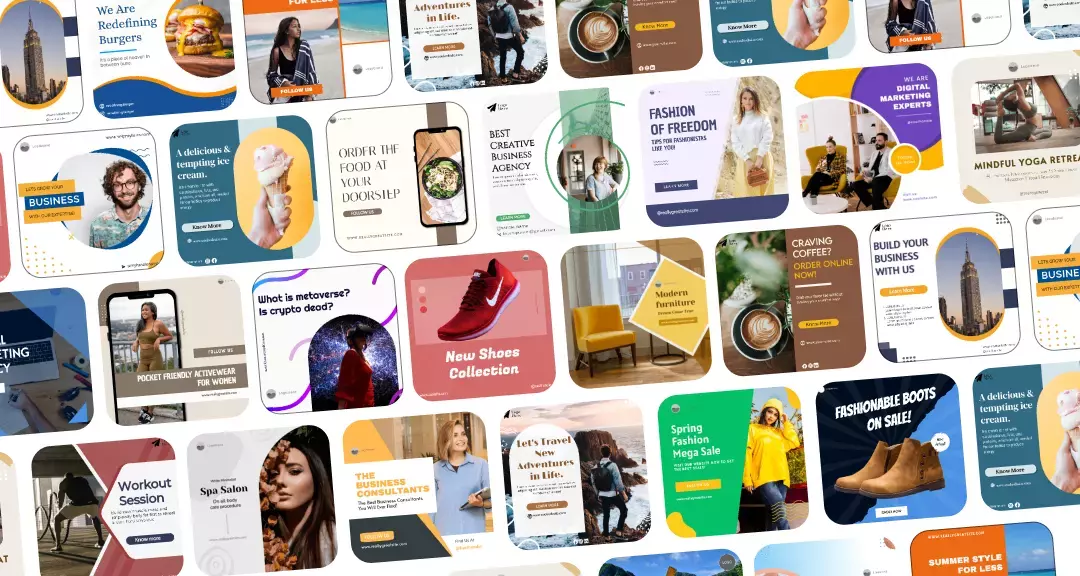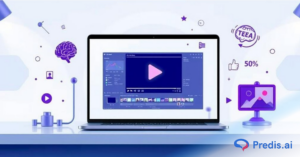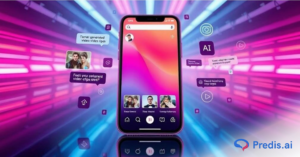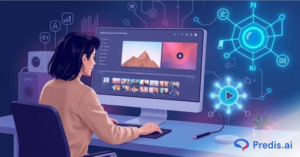Instructional videos aren’t just for big companies with production teams. They’re one of the most effective ways to teach, onboard, or simply share knowledge, even if you’ve never made one before. Think about it: people learn faster when they can see a process in action rather than just reading about it. That’s why instructional videos work so well for training new hires, guiding customers, or breaking down complex ideas into something easy to follow.
But here’s the thing, an instructional video is more than just a step-by-step tutorial. It can be a quick explainer that simplifies a tough concept, a screen recording that shows exactly how to use a tool, or a short demo that solves a specific problem. At its core, it’s about making learning clear, visual, and engaging.
By the end of this guide on How To Make Instructional Videos, you’ll know how to plan your content, record with simple tools, edit without fuss, and share your video confidently, even if you’re starting with zero experience.
TL;DR 🖋
Instructional videos help you teach, train, and share knowledge clearly and engagingly. Even if you’re new, you can make them by defining your goal, choosing the right format, scripting simply, recording with basic gear, and polishing with beginner-friendly editing tools. Focus on clarity, not perfection, and share your video on platforms like YouTube or social media to reach your audience.
- Decide Your Goal & Audience
- Choose The Type Of Instructional Video
- Plan & Script It
- Gear & Setup—What You Really Need
- Recording Your Instructional Video
- Editing & Polishing
- Strengthening Your Instructional Videos
- Publishing & Sharing
What Is An Instructional Video & Why It Matters?
Before diving into how to make instructional videos, it’s important to understand what they actually are. At the simplest level, an instructional video is any piece of content designed to teach or guide someone through a process. That could mean a step-by-step tutorial, a short explainer that clarifies a concept, a screen recording that walks viewers through software, a bite-sized micro-video for quick learning, or even a recorded lecture.
You can use instructional videos in a wide range of situations: training employees on new systems, offering customer support, demonstrating how a product works, or sharing knowledge with your audience. They’re flexible, practical, and can be adapted to almost any context where clear instruction is needed.
The reason they’re so effective comes down to accessibility and engagement. Viewers can pause, rewind, and rewatch at their own pace, which makes complex topics easier to grasp. They also cater to different learning styles by combining visuals with audio. And once created, instructional videos can be reused, saving time and effort while continuing to deliver value.
How To Make Instructional Videos?
If you’re starting from scratch, the process of creating an instructional video on YouTube, Instagram, or any other social media platform can feel intimidating. The good news is that you don’t need professional gear or years of experience to get it right. Here’s a step-by-step breakdown of how to make instructional videos even as a beginner:
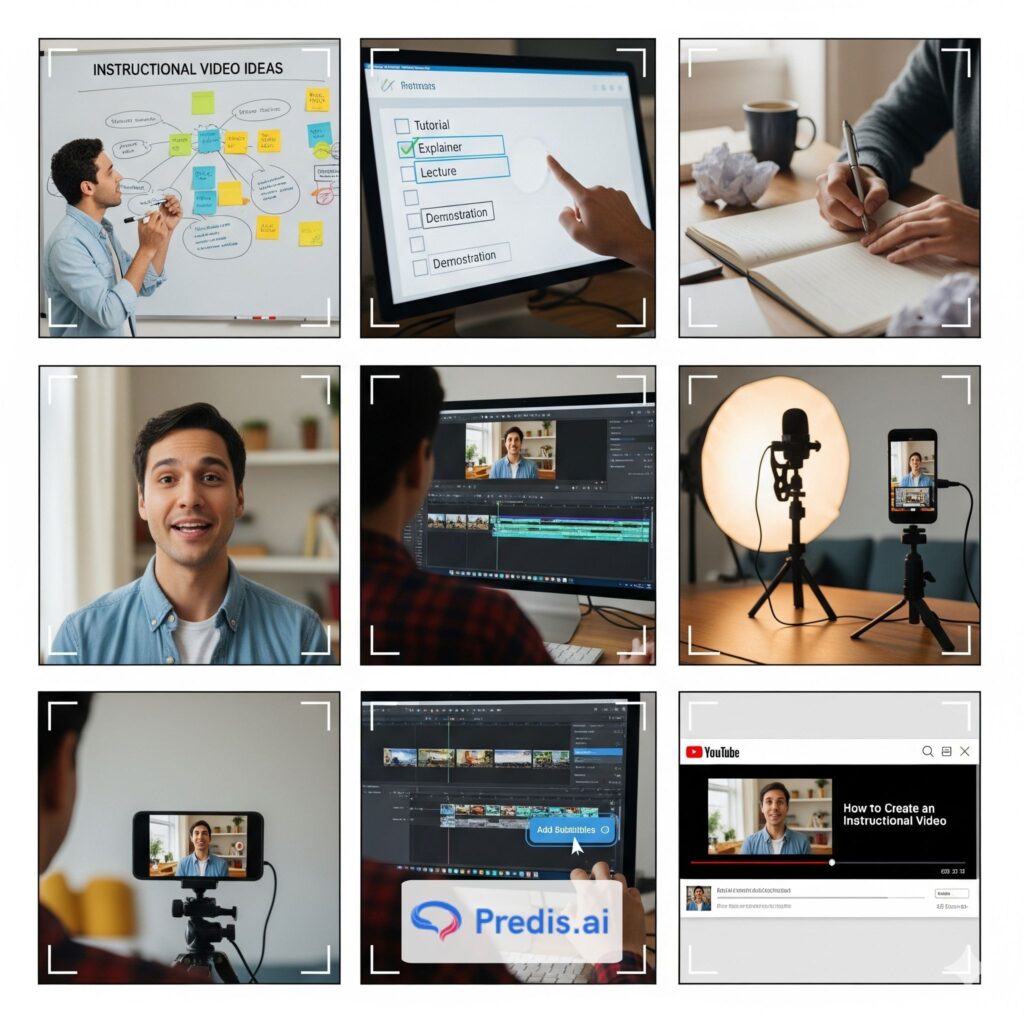
1. Decide Your Goal & Audience
Start by asking: What do I want people to do after watching this? The goal might be teaching a new skill, helping customers troubleshoot, or training employees.
Example: If you run a fitness channel, your goal might be to teach viewers how to perform a plank correctly. Knowing your audience—beginners vs experienced gym-goers—will change the way you explain the steps.
2. Choose The Type Of Instructional Video
Pick the right format based on your content. Tutorials are step-by-step guides, explainers simplify concepts, micro-videos deliver quick tips, screen recordings demonstrate digital tools, and lectures dive deeper into topics.
Example: A software company might use a screen recording to show users how to log into their platform, while a teacher might use a lecture-style video to explain a historical event.
3. Plan & Script It
Even short videos benefit from structure. An outline or script ensures you stay clear and concise. You don’t need word-for-word scripting, but bullet points help you avoid rambling.
Example: If you’re teaching how to bake a cake, your script could be: Step 1 – Gather ingredients, Step 2 – Mix dry ingredients, Step 3 – Combine wet and dry, Step 4 – Bake at 180°C for 30 minutes.
4. Gear & Setup—What You Really Need
You don’t need expensive equipment. A smartphone, a basic microphone, and good lighting will do the job. Record in a quiet, clutter-free space.
Example: Filming in your kitchen with your phone on a tripod near a window can give you enough light to make a simple cooking tutorial look professional.
5. Recording Your Instructional Video
Speak at a steady pace, keep your tone friendly, and guide viewers step by step. Use visuals to reinforce what you’re saying.
Example: In a screen recording on how to use Canva, you might move your cursor slowly and zoom in when clicking the “Download” button, so viewers clearly see what to do.
6. Editing & Polishing
Remove pauses, mistakes, or repeated explanations. Add captions, highlights, or graphics where necessary. Keep editing simple if you’re just starting.
Example: If you stumble over a sentence while recording, cut that section and add a caption like “Step 2: Click Settings” to keep the video smooth and easy to follow.
7. Strengthening Your Instructional Videos
Enhance clarity and accessibility by adding subtitles, arrows, or visual cues. Supplement with screenshots or diagrams if needed.
Example: In a tutorial about setting up Wi-Fi, you might add an arrow pointing to the “Connect” button so viewers don’t miss it.
8. Publishing & Sharing
Choose the right platform depending on your audience. Optimize your video with a strong title, a thumbnail that reflects the content, and a description that helps people find it. Adding transcripts also improves accessibility and SEO.
Example: A teacher might upload their recorded lesson to YouTube with the title “How To Solve Quadratic Equations | Step-By-Step Tutorial,” plus a thumbnail showing a math equation.

How You Can Use Predis.ai To Create Instructional Videos?
If you’re new to making videos, one of the hardest parts is editing and polishing your content so it looks professional. This is where Predis.ai makes things simple. Instead of spending hours learning complex editing software, you can upload your raw video and let Predis.ai do the heavy lifting. It automatically generates captions, trims awkward pauses, and adds engaging visuals to keep your audience focused.

Here’s how it helps:
1. Edit Without Experience
Predis.ai automatically trims pauses, cleans up flow, and adds captions—no advanced editing knowledge required.
2. Repurpose Long Videos
Turn one instructional video into multiple short clips for platforms like Instagram, LinkedIn, or YouTube Shorts.
3. Add Engaging Elements
Use built-in tools to add text overlays, visuals, or callouts that make your video clearer and easier to follow.
4. Optimize for Sharing
Generate ready-to-post captions, hashtags, and thumbnails to boost reach across social channels.
Conclusion
Learning how to make instructional videos doesn’t require years of experience or expensive equipment. Anyone can do it. What matters most is clarity, structure, and keeping your content simple enough for viewers to follow. Forget about chasing perfect production, your audience cares more about how easy it is to understand and apply what you’re teaching.
So, start small. Choose one topic you know well, record with the tools you already have, and share your first video. Each time you create, you’ll get better and more confident. The important part is to take that first step your audience is waiting to learn from you.
Frequently Asked Questions
1. Do I need professional equipment to make instructional videos?
No. You can start with a smartphone or laptop webcam, a simple microphone, and good natural lighting. As you grow, you can invest in better gear, but it’s not essential for beginners.
2. How long should an instructional video be?
It depends on your topic. Shorter videos (3–5 minutes) work well for simple tasks or quick tips, while longer videos (10–20 minutes) are better for in-depth tutorials or training. The key is to keep it concise and focused.
3. What is the easiest way for beginners to learn how to make instructional videos?
Start with a simple format like screen recordings or short tutorials. Plan your content with a basic outline, use free editing tools, and don’t worry about making it perfect—clarity is more important than polish.
4. How can I keep my instructional videos engaging?
Use visuals, annotations, and captions to highlight key steps. Speak clearly, break the process into logical parts, and add examples so viewers can relate to what you’re teaching.
5. Where should I publish my instructional videos?
You can upload them to platforms like YouTube, LinkedIn, or social media if you want a wide audience. For internal use, share them through company training systems or private links. Choose the platform where your audience is most active.
6. Can AI tools like Predis.ai help me make instructional videos?
Yes. Tools like Predis.ai simplify editing, automatically generate captions, repurpose long videos into short clips, and optimize your content for social media. They’re especially helpful for beginners who don’t have editing experience.
